Dear Stephen,
I am being treated for late-stage lyme. I am considering trying to conceive after what will (eventually) be several years of your core lyme protocol combined with multidisciplinary treatment for immune dysfunction (allergy desensitization, chelation therapy, nutritional therapy, acupuncture).
In looking back over the course of this forum, I see that you advised the following regarding herbs and pregnancy:
“…cat’s claw, astragalus, eleutherococcus, and stephania show no contraindications for pregnancy or conception and they should be safe for use.” (June 2007)
However, when I review Healing Lyme, I find that cat’s claw is contraindicated when trying to become pregnant (page 103). Help? I’m confused! Also, should the recommended “pregnancy herbs” be taken at the “normal” range of doses? Should the doses vary per trimester? A million thanks for all you do!
Stephen’s response:
I understand the confusion, the only thought I have on the cat’s claw is that it can interfere with becoming pregnant but is not dangerous when you are pregnant. The contraindications in the book are from the published literature, which is sometimes extensive and not always clear on rationale for things.
Sometimes things are not in the literature, e.g. andrographis and hives in about one percent of people who take it. Sometimes the side effect listing is wrong and the herb is safe, e.g. juniper berries and kidney damage.
Astragalus is a food herb and can be taken in any dose as far as I can tell. I would recommend you change the eleutherococcus you are taking to a 1:5 formulation instead of the 1:1 that I normally recommend. Either that or lower the dose to 30 drops 2x daily. The homeopathic option seems a good one to me in this instance. I am not sure what else to recommend.
Stephen
-
Stephen Harrod Buhner was an Earth poet and an award-winning author of twenty-four books on nature, indigenous cultures, the environment, and herbal medicine including the acclaimed book Healing Lyme: Natural Healing & Prevention of Lyme Borreliosis & Its Co-infections.
Stephen came from a long line of healers including Leroy Burney, Surgeon General of the United States under Eisenhower and Kennedy, and Elizabeth Lusterheide, a midwife and herbalist who worked in rural Indiana in the early nineteenth century. The greatest influence on his work, however, was his great-grandfather C.G. Harrod who primarily used botanical medicines, also in rural Indiana, when he began his work as a physician in 1911.
Stephen’s work has appeared or been profiled in publications throughout North America and Europe including Common Boundary, Apotheosis, Shaman’s Drum, The New York Times, CNN, and Good Morning America. Stephen lectured yearly throughout the United States on herbal medicine, the sacredness of plants, the intelligence of Nature, and the states of mind necessary for successful habitation of Earth.
He was a tireless advocate for the reincorporation of the exploratory artist, independent scholar, amateur naturalist, and citizen scientist in American society – especially as a counterweight to the influence of corporate science and technology.
View all posts





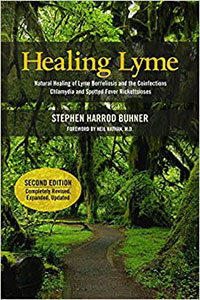
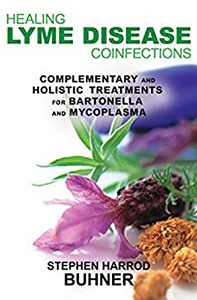
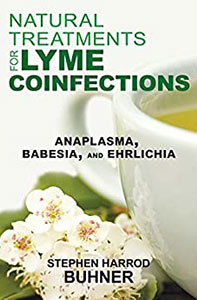
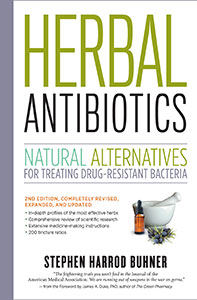
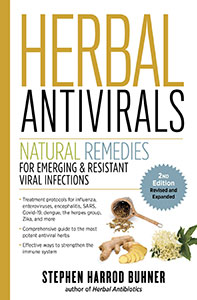



0 Comments